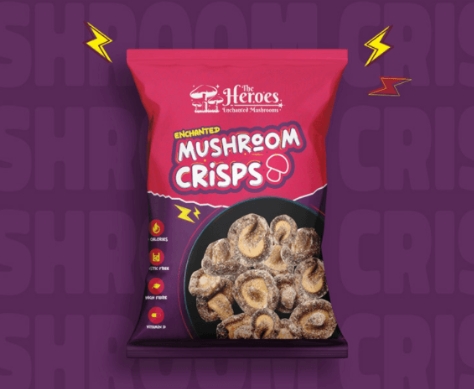Food packaging has come a long way from simple paper bags and jars to the sleek, modern packaging we see on grocery store shelves today. With the rise of convenient, pre-packaged foods, the design of food packaging has become crucial in attracting consumer attention and influencing purchasing decisions.
The Role of Design
Design plays a significant role in food packaging, as it is often the first thing consumers notice about a product. Bright colors, eye-catching graphics, and unique shapes all contribute to a product’s visual appeal. Packaging designers aim to create a connection with consumers through their designs, evoking emotions and desires that encourage them to make a purchase.
Functionality and Practicality
Along with aesthetics, food packaging must also be functional and practical. Packaging designers must consider factors such as ease of use, storage, and transportation when creating packaging for food products. Consumers are more likely to choose products with packaging that is easy to open, resealable, and can be stored conveniently.
Sustainability and Eco-Friendly Packaging
In recent years, there has been a growing trend towards sustainable and eco-friendly packaging in response to consumer demand for more environmentally friendly options. Packaging designers are now tasked with creating packaging that is not only visually appealing and practical but also sustainable and recyclable. This shift towards sustainability has led to the development of innovative packaging materials made from biodegradable or compostable materials.
Impact on Purchasing Decisions
The design of food packaging has a significant impact on consumer purchasing decisions. Research has shown that consumers are more likely to purchase products with packaging that they find visually appealing and attractive. Packaging that conveys information about the product, such as nutritional information or ingredient lists, also plays a role in influencing consumer choices.
Brand Identity and Recognition
Packaging design is also essential for establishing brand identity and recognition. Consistent packaging design across product lines helps consumers identify and differentiate a brand from its competitors. Packaging designers work closely with brand marketers to create packaging that reflects the brand’s values, messaging, and overall image.
In conclusion, the evolution of food packaging design has played a crucial role in shaping consumer choices and preferences. From aesthetics and functionality to sustainability and brand recognition, packaging designers play a key role in creating packaging that not only protects and preserves food but also influences consumer behavior. As consumer expectations continue to evolve, food packaging design will continue to adapt and innovate to meet the demands of the modern consumer.

